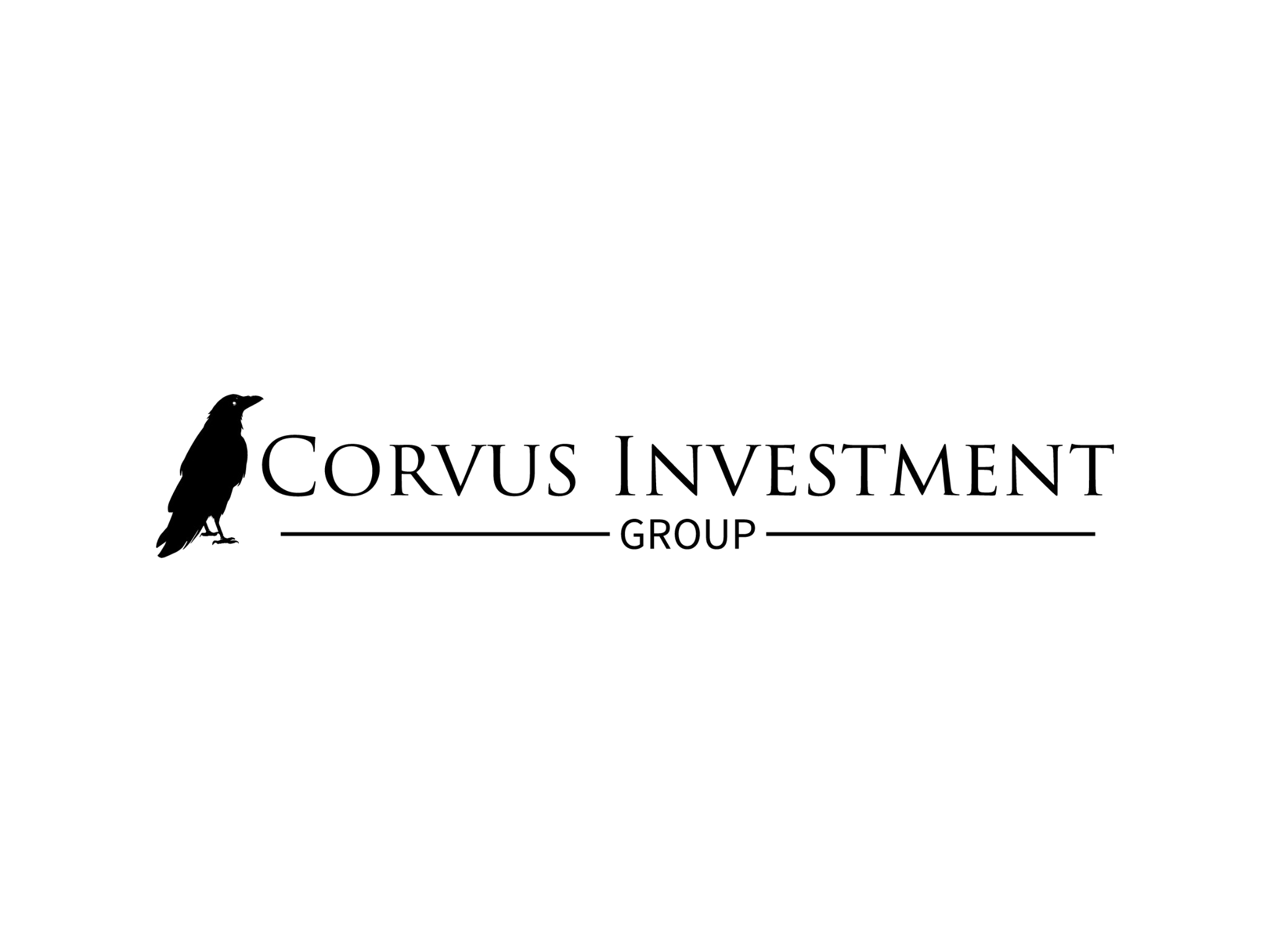CORVUSOPPORTUNITY ZONE FUND
Defer and eliminate capital gains taxes with Qualified Opportunity Zone investments
Opportunity Zone Program Tax Benefits
The Opportunity Zone program incentivizes long-term investments in designated low-income communities called Qualified Opportunity Zones (QOZs). To be eligible for QOZ tax benefits, accredited investors must reinvest capital gains into Qualified Opportunity Fund (QOF). Virtually any type of short-term or long-term capital gain qualifies including real estate, stocks, bonds, commodities, business sales, partnership gains, personal residences, cryptocurrencies and art. The program enables qualifying investors to defer current capital gains and eliminate future capital gains. Prospective investors should consult with their own independent tax advisors regarding whether they have eligible gain for an investment in a QOF.
Tax Deferral
Investors can defer payment of capital gains until April 15, 2027 by reinvesting capital gains into a Qualified Opportunity Fund (QOF).
Tax Elimination
QOF investments held for 10 years or more receive a step up in basis to fair market value, eliminating tax on the appreciation of the investment.
No Depreciation Recapture Tax
The step up in basis to fair market value doesn't just eliminate capital gains tax, it also eliminates depreciation recapture tax.
State Tax Incentives
QOZ program tax benefits are available in most states (excluding WA, CA, MS, NC & MA).
Investment Timeline
Initial Investment
Investor reinvests capital gain into QOF within 180 days of realizing the gain. The tax deferral enables the taxpayer to maintain their full purchasing power.
April 15, 2027
Tax on the deferred capital gains is due for individuals.
Tax-Efficient Operating Cash Flow
Cost segregation and bonus depreciation maximize depreciation and possibly offset taxes on the deferred gain. Passive income from the QOF can be offset with depreciation in years following the recognition of the deferred capital gain.
Investment Exit
If an investment in a QOF is held for 10 years, investors can elect to receive a step-up in the basis of their investment in the QOF to fair market value, avoiding capital gains tax and depreciation recapture.
QOZ vs Non-QOZ Investment
Compare hypothetical pre-tax and after-tax returns between a QOZ investment and a non-QOZ investment.
Investment Assumptions
Return Comparison
QOZ investment achieves a 2.30x pre-tax equity multiple and an adjusted after-tax multiple3 of 2.01x. Holding all else constant, to achieve the same adjusted after-tax equity multiple, the non-QOZ investment would need to achieve a 3.56x pre-tax equity multiple, 55.0% higher than the 2.30x pre-tax equity multiple achieved by the QOZ Investment.
Assumptions
1) Short or long-term capital gains tax (federal + state + net investment income tax) due on prior asset sale
2) Long-term capital gains tax (federal + state + net investment income tax) due upon sale of non-QOZ investment in year 10
3) Measures after-tax equity multiple relative to the $1,000,000 initial capital gain
| Non-QOZ Investment | QOZ Investment | |
|---|---|---|
Initial Capital Gain | $1,000,000 | $1,000,000 |
Less Tax on Initial Capital Gain (28.8%)¹ | -$288,000 | Deferred |
After-Tax Investable Amount | $712,000 | $1,000,000 |
Pre-Tax Equity Multiple55% HIGHER | 3.56x | 2.30x |
Year 10 Pre-Tax Value | $2,537,843 | $2,300,000 |
Less Tax on New Capital Gain (28.8%)² | -$525,843 | Eliminated |
Less Tax on Deferred Initial Capital Gain (28.8%)¹ | $0 | -$288,000 |
Year 10 After-Tax Value | $2,012,000 | $2,012,000 |
Adjusted After-Tax Equity Multiple³EQUAL | 2.01x | 2.01x |
